Simultaneously, Mercedes-Benz launched a strategic model initiative in the car sector. New model series like the A, B and M-Class, niche models like the SLK and CLK, and the cooperation with Schweizerische Gesellschaft für Mikroelektronik und Uhrenindustrie (SMH) to develop the small city car smart made Mercedes-Benz a full-line supplier.
In addition, in 1995 the bus and coach segment was realigned and the European Bus Company (EvoBus) formed as a wholly-owned subsidiary of Mercedes-Benz AG. The simultaneous acquisition of Karl Kässbohrer Fahrzeugwerke GmbH turned the Setra bus and coach brand into a group brand. In the late 1990s, through DaimlerChrysler Trucks North America, the Thomas Built Buses brand was incorporated into the corporate portfolio.
They were joined at the end of 2000 by the Canadian Western Star Trucks Holding, Ltd., a truck manufacturer headquartered in Kelowna, British Columbia. Along with the premium truck brand Western Star the portfolio of the Canadian manufacturer includes the bus brand Orion.
In addition, at the end of the 1990s the Maybach was revived with luxury limousines which were made even bigger, more individual and more exquisite. In 2002 DaimlerChrysler AG presented the new prestige model Maybach 57.
,xPosition=0,yPosition=0.5)
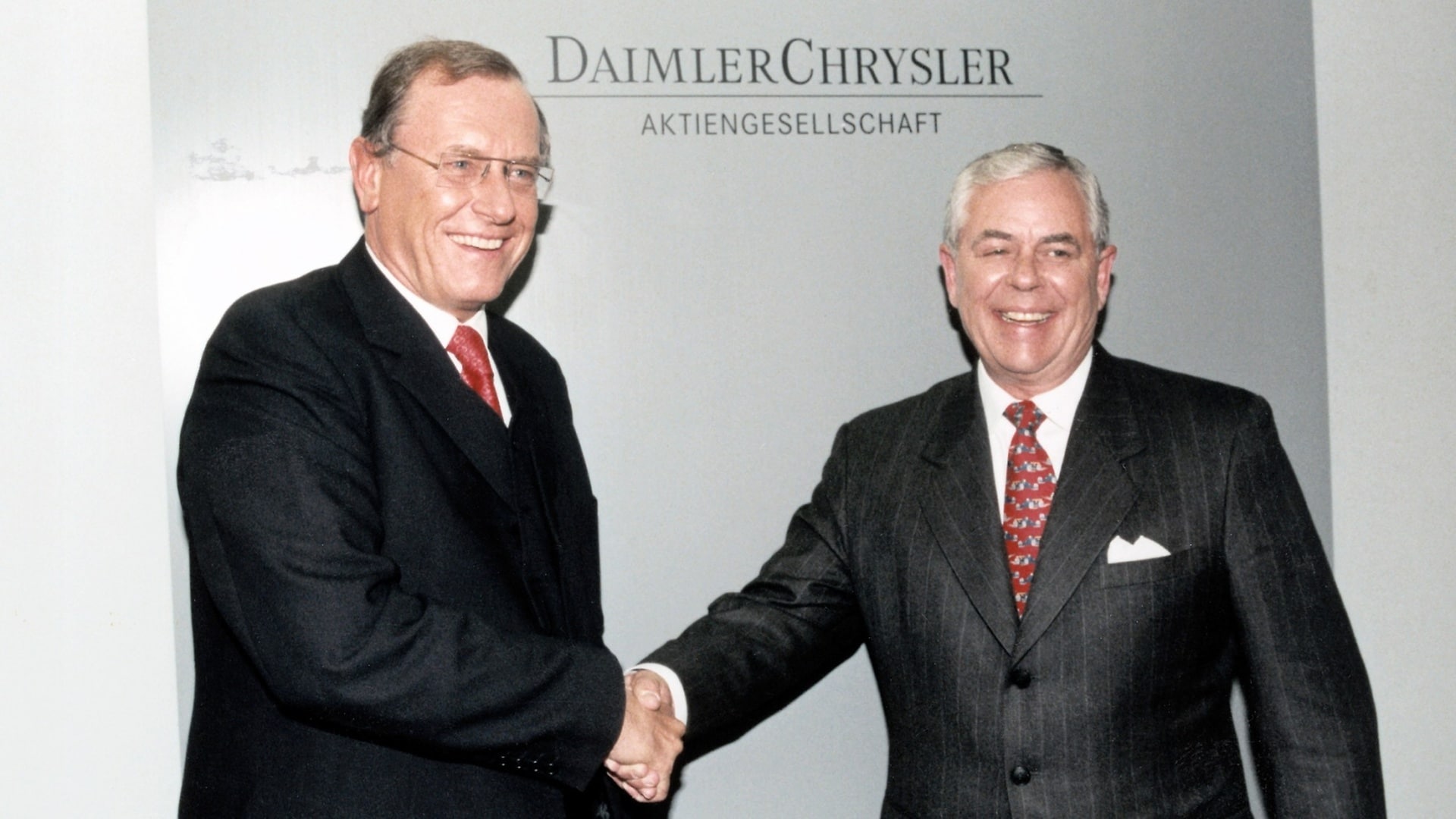

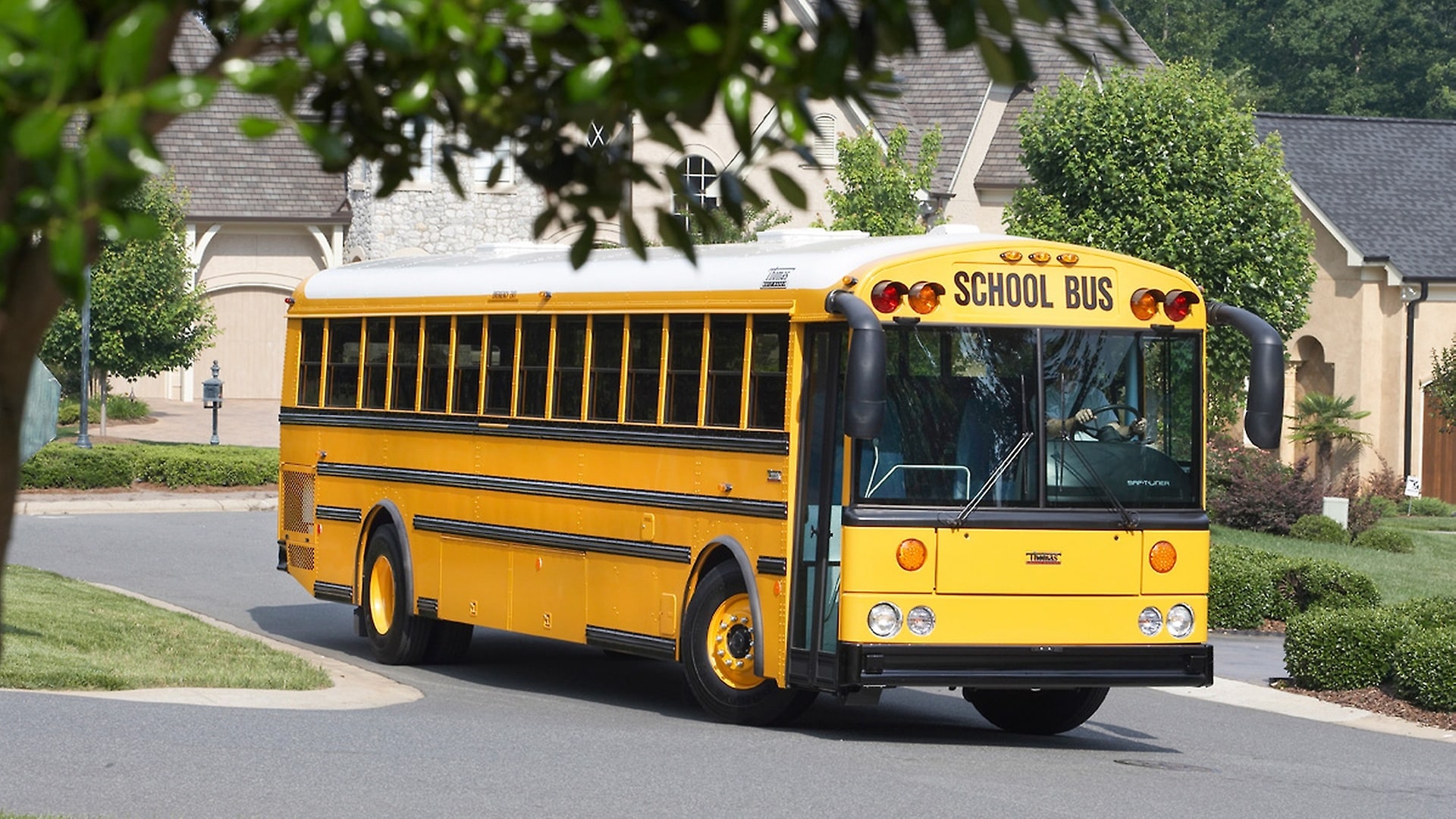
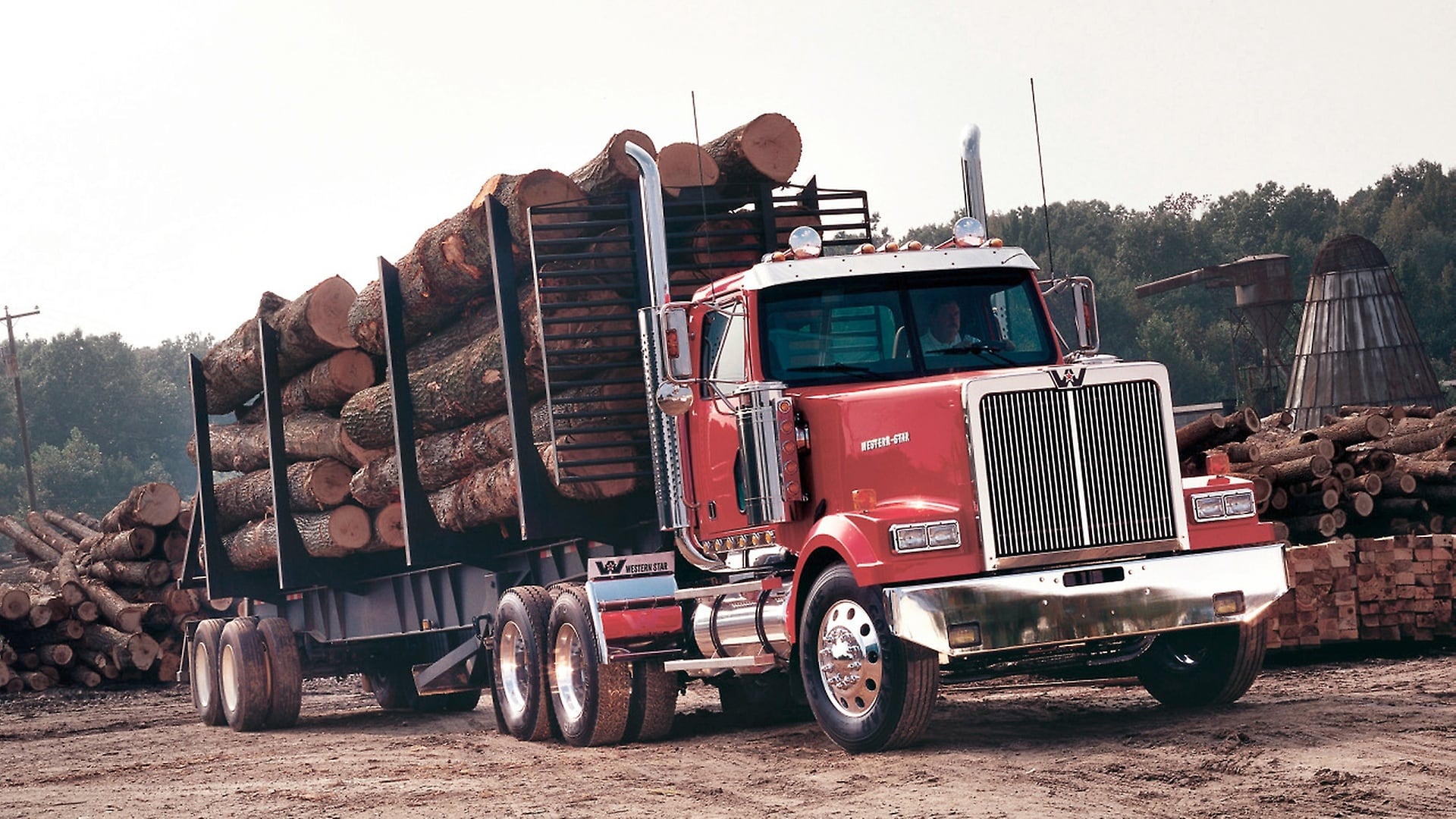

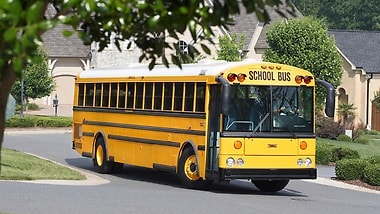
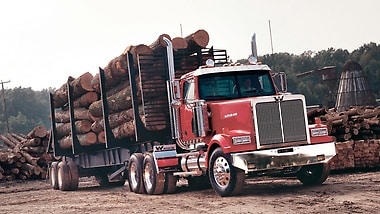
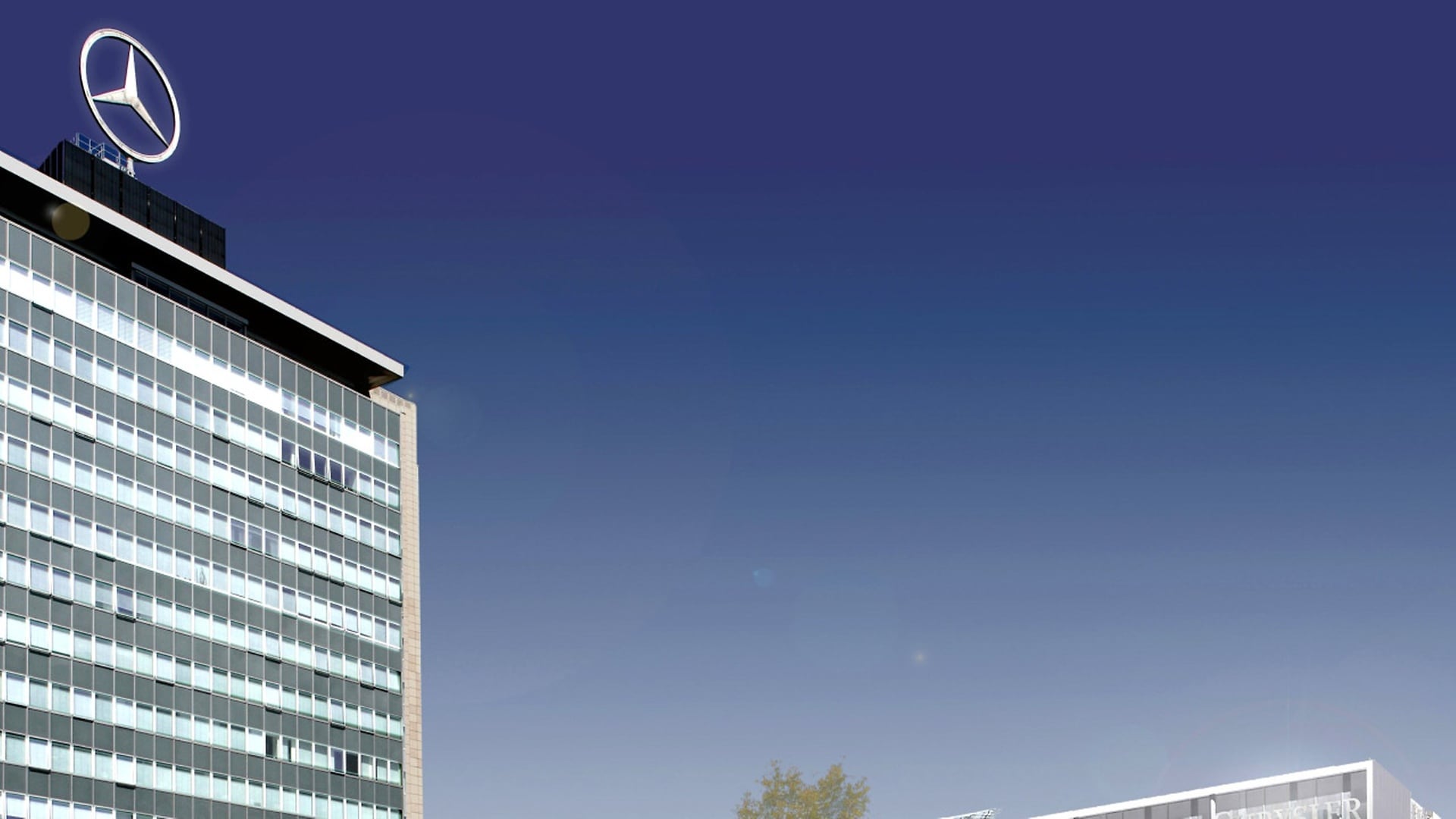
,xPosition=0.5,yPosition=0)
,xPosition=0.5,yPosition=0)
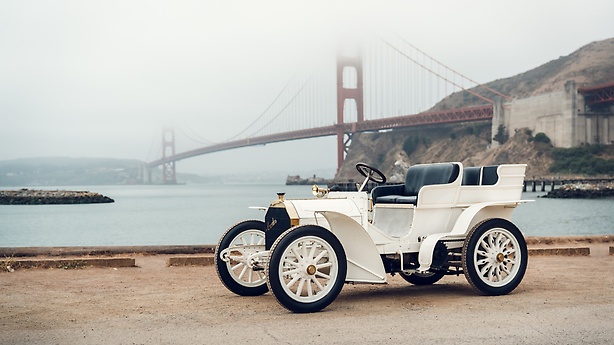,xPosition=0.5,yPosition=0)